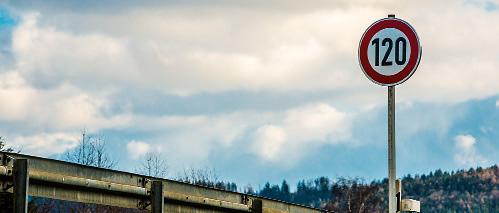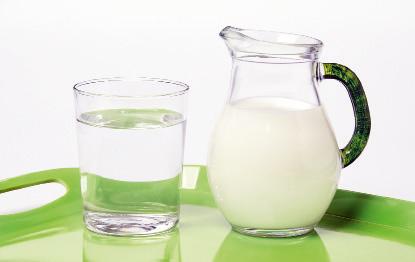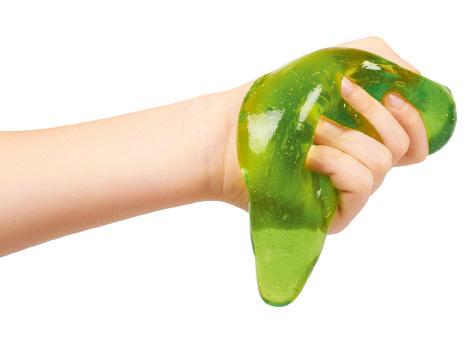
5 minute read
PHYSICAL QUANTITIES. UNITS
And Measurement
3.1 Physical quantity
To check whether a hypothesis matches reality, we must know the properties involved in the phenomenon we are interested in and how they influence it. This is the concept of physical quantities.
Physical quantities are the properties of phenomena that we can measure objectively.
If someone tells us that they will take 10 minutes to arrive, we can measure the time with a stopwatch and, done correctly, it will not matter who takes the measurement. Time, just like mass and length, is a physical quantity since it can be measured objectively.
Then, when we deal with justice, love, or beauty, we are no longer dealing with physical quantities. How would we measure, for example, the beauty of an object? Would we all agree?
3.2 Units and measurement
In the previous example, we could say 600 seconds instead of 10 minutes, since each minute is 60 seconds. Generally, a physical quantity can be written using different units.
The unit of a physical quantity is the definite magnitude used to measure the amount of quantity.
Once we decide on a unit, we can proceed with measuring the quantity. Therefore, when we say that something is two metres long, it means that the chosen unit (the metre) fits twice in the length that we are measuring.
Measuring consists of comparing the quantity measure with a specific unit.

A number without a unit has no physical meaning. In physics and chemistry, every value needs a unit. Imagine that someone tells you they will take 7 to arrive. You might ask: 7 what? Minutes? Hours? Days?
Unit symbols
Each unit is written with a symbol made of one or more letters. You can consult the tables on the next page.
The symbols of the units are written in lower case, unless they come from a proper name, in which case the first letter is in upper case. We never add an ‘s’ for plural to a symbol. For example: write twenty grams as 20 g and not 20 gs.
3.3 Fundamental and derived quantities. International system of units (SI)
There are many physical quantities, but all can be expressed in terms of the so-called magnitudes básicas. The rest, which can be obtained from the first, are derived quantities.
There are also different units for the same quantity and it is necessary to agree on which to use. The international system of units (SI), a set of units for international use, emerged from the XI General Conference on Weights and Measures in 1960.
The table on the right shows the fundamental quantities and their SI units. The table below shows some derived quantities.
Some derived quantities and their units
Understand, think, investigate...
6 Discuss whether the following traits of a person are physical quantities: a) Height. b) Curiosity. b) Honour. d) Weight.
En los casos afirmativos, indica si se trata de una magnitud fundamental o derivada, y sus unidades SI.
7 Where possible, indicate whether it is a fundamental quantity or a derived one, and its SI units.
8 Logic wheel. Why are density and energy measured using derived units? What is their relationship to fundamental quantities?
9 Search for information on the Internet about quantities and units that appear in the tables on this page that you don’t know and briefly define them. Consult the table of contents of this book and think about whether you are going to use all the magnitudes and quantities this year.
3.4 Scientific notation
In Physics and Chemistry, sometimes we need to work with very large or very small numbers. For example, the distance between the Earth and the Sun is around 150 million kilometres (150 000 000 000 m) and the size of a grain of pollen is of the order of a thousandth of a millimetre (0.000001 m). We use powers of 10 to write these values. For example:
With these powers, the Earth-Sun distance is 1.5 · 1011 m, and the size of the pollen grains is of the order 10–6 m.
This way of writing numbers, with a whole number followed, or not, by decimals and the correct power of ten, is known as scientific notation.
3.5 Multiples and submultiples
It is also common to use multiples or submultiples of the SI units, adding them as prefixes (table below). With these, the Earth-Sun distance is 150 Gm and the size of a pollen grain is of order 1 μm.
1 The radius of the Earth is some 6 380 km. Write it in scientific notation and in SI units.
First, we write the radius in SI, keeping in mind that the ‘kilo’ prefix is equal to 103:
RE = 6 380 km = 6 380 · 103 m = 6 380 000 m
To leave just one whole digit, we must divide by 1 000 000 (106). So to keep the value from changing, we will have to multiply by 106
In scientific notation it is:
RE = 6.38 · 106 m
2 A motorcycle moves at 90 km/h. Write its velocity in SI units.
To change units, we use conversion factors for all the units we must convert:
We write the conversion factors necessary such that the desired units remain.
So, for the opposite conversion, we would write as follows:
There is a resource on multiples and submultiples on anayaeducacion.es
3.6 Measuring instruments
We measure physical quantities with instruments designed for the task.
The choice of the appropriate instrument is crucial. For example, you could not measure your own mass with a kitchen scale, since they cannot usually measure such large masses.
Therefore, it is worth knowing the properties of measuring instruments. This year, we will focus on just two:
• Minimum value and maximum value. These are the smallest and largest values, respectively, that the instrument can measure. The difference between them is the measurement scale.
• Sensibility. This is the instrument’s ability to detect changes in the quantity measured. It is related to the smallest division on its scale.
The photo on the right shows two graduated cylinders. Both make measurements with the same unit of volume, the millilitre, mL (a thousandth of a litre). But they have different properties:
• Left-hand graduated cylinders:
– Minimum value: 5 mL
– Maximum value: 50 mL
– Sensibility: 1 mL
• Right-hand graduated cylinders:
– Minimum value: 2.5 mL
– Maximum value: 25 mL
– Sensibility: 0.5 mL

Understand, think, investigate...
10 Answer the following questions: a) What is the measurement scale of graduated cylinders in the picture? b) With which one could you measure 15.5 mL? 60 mL? 75.5 mL?

11 The speed limit on the motorway is 120 km/h. Write it in SI units.
Properties of measuring instruments
12 Find the sensibility of the stopwatch on a mobile phone.
13 Analyse the traits of a bathroom scale and a kitchen scale. Discuss the differences.
14 The density of distilled water is 1 g/cm3. What is its value in SI units? Hint: 1 m = 100 cm = 102 cm, where (1 m)3 = 1 m3 = (102 cm)3 = 106 cm3
15 The distance between the Moon and the Earth is 384 000 km. Write it in scientific notation with SI units and with the multiple and submultiple prefixes for the units.
16 Work with the interactive unit conversion application on anayaeducacion.es









